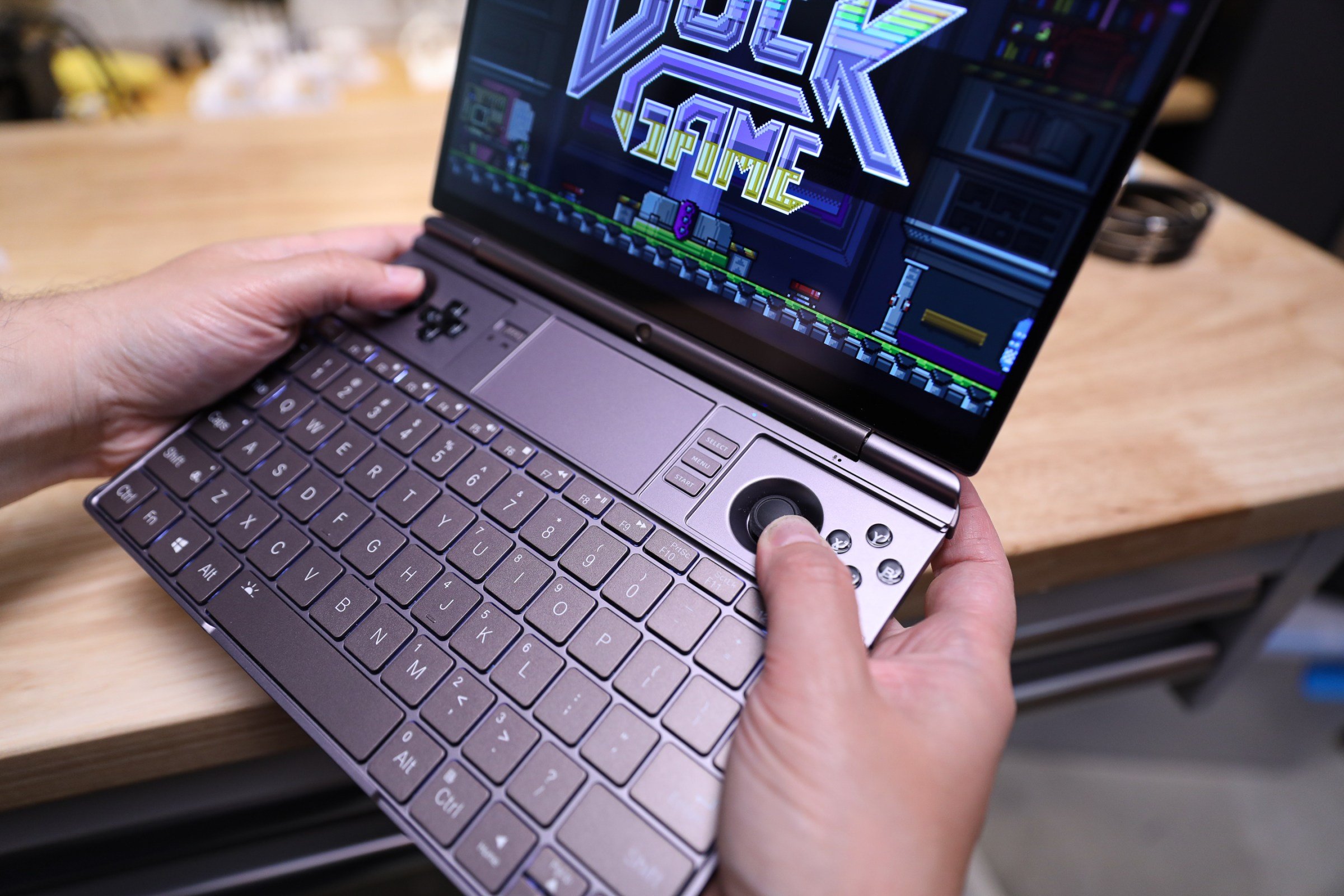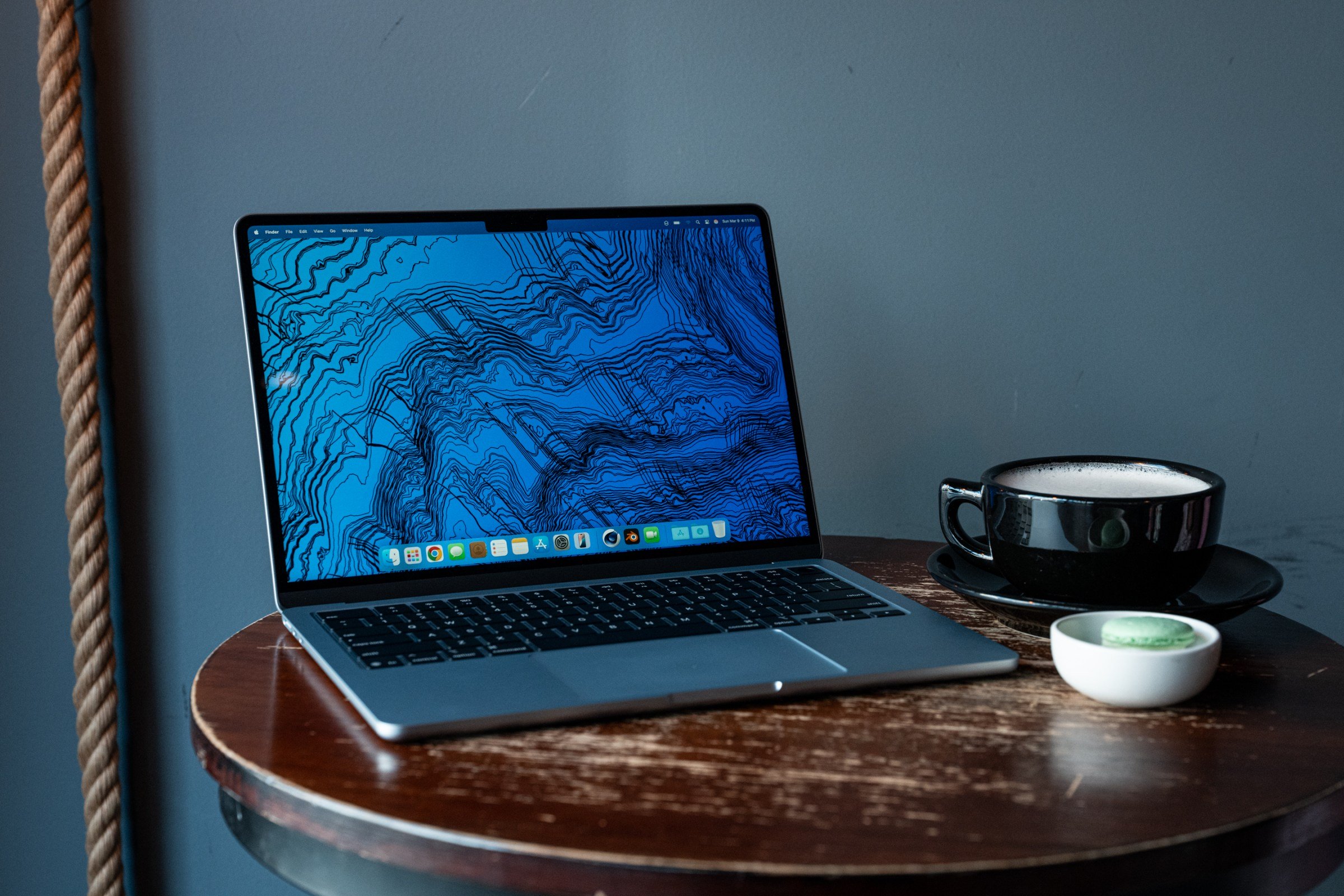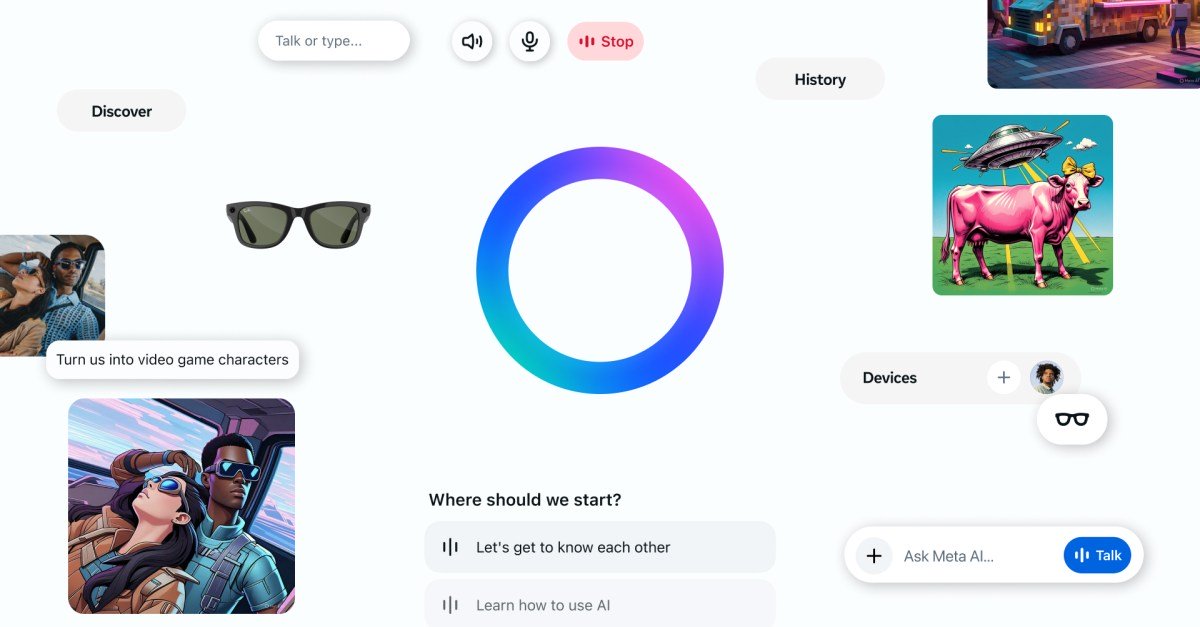## Tired of lugging your gaming rig everywhere? This laptop wants to be your new best friend (and handheld)!
Imagine this: you’re chilling on the couch, controller in hand, dominating your opponents in the latest AAA title. But wait…your internet craps out. No problem! You seamlessly transition to your trusty handheld, picking up right where you left off without missing a beat. Sounds like a dream? Well, dream no more!

Analyzing the Win Max 2’s Keyboard

One of the most impressive aspects of the GPD Win Max 2 is its integrated keyboard. For a device of its size, the keyboard is surprisingly spacious and well-laid out. The keys have a comfortable travel distance and provide satisfying tactile feedback, making extended typing sessions a breeze. This is a significant advantage over many other handheld PCs on the market, which often sacrifice keyboard quality in favor of portability.

Performance and Suitability for Productivity
In my experience using the Win Max 2 for daily tasks like writing, coding, and email correspondence, the keyboard proved to be a joy to use. The layout is familiar to anyone who has used a standard laptop keyboard, with minimal adjustments required. The key spacing is generous, reducing the likelihood of accidental keystrokes. The tactile feedback is particularly noteworthy, as it provides a reassuring “click” with each press, enhancing accuracy and reducing fatigue.
While the Win Max 2’s keyboard is undoubtedly a standout feature, it’s important to note that it’s still a compact keyboard. For users with larger hands, the key size might feel a bit cramped. However, for most users, the keyboard provides a comfortable and efficient typing experience.

Gaming: A Mixed Bag of Feels
The GPD Win Max 2’s claim to fame is its ability to function as both a laptop and a handheld gaming device. However, the gaming experience is a mixed bag, presenting both strengths and weaknesses.

Ergonomics and Controls
The Win Max 2’s integrated gamepad is a unique feature that adds to its versatility. The joysticks feel surprisingly responsive and accurate, with a resistance similar to those found on the Nintendo Switch. The translucent D-pad, reminiscent of the classic PlayStation Portable (PSP), is equally responsive and provides precise control. The ABXY face buttons are small but well-placed, and the clicky microswitches under the bumpers offer a satisfying tactile response.

Drawbacks
Unfortunately, the Win Max 2’s ambitious design compromises ergonomics. The grip required to hold the gamepad is rigid and lacks any dampening to isolate the user’s hands from the device’s internal vibrations. This constant humming and buzzing can quickly become distracting and tiresome, especially during extended gaming sessions.
Another significant drawback is the fixed 60Hz screen. While the 2560 x 1600 resolution is impressive, the lack of a higher refresh rate makes the gaming experience feel noticeably less smooth compared to rival handhelds such as the Steam Deck OLED, Asus ROG Ally X, or Ayaneo 3, all of which offer 90Hz or 120Hz refresh rates.
GPD’s implementation of the gamepad controls, while innovative, ultimately falls short in terms of comfort and ergonomics. The lack of dampening and the persistent vibration feedback detract significantly from the overall gaming experience.
Trade-offs and Future Potential
The GPD Win Max 2 presents a compelling case for a powerful handheld PC, but it’s not without its flaws. It excels in portability, power, and keyboard quality, but its gaming ergonomics and display leave something to be desired.
Balancing Act
The Win Max 2’s design prioritizes compactness and versatility, which inevitably leads to compromises. The integrated gamepad, while innovative, is ultimately not as comfortable or ergonomic as a dedicated handheld console. The fixed 60Hz screen, while offering a high resolution, lacks the fluidity of higher refresh rate displays found in competing handhelds.
Recommendations for Improvement
To enhance the Win Max 2’s gaming appeal, GPD should consider the following:
- Improve the ergonomics of the gamepad.
- Implement a more comfortable grip design that minimizes vibrations.
- Explore the use of materials that absorb or dampen vibrations.
- Upgrade the display to a higher refresh rate (90Hz or 120Hz).
- This would significantly improve the smoothness and responsiveness of the gaming experience.
Future Potential
Despite its shortcomings, the GPD Win Max 2 represents a promising step towards a more versatile handheld PC. The combination of a powerful processor, ample RAM, a good keyboard, and a bright display is appealing to users who want a device that can handle both productivity tasks and gaming.
With some refinement, particularly in the areas of ergonomics and display, the Win Max 2 could carve out a niche in the growing market for handheld PCs. It has the potential to be a compelling alternative to dedicated gaming consoles and laptops, offering a unique blend of portability and power.
Conclusion
So, a laptop that can double as a gaming handheld? The Verge seems genuinely impressed, and for good reason. It’s not just about the specs, though a powerful processor and dedicated graphics card are certainly a boon. What truly sets this device apart is its versatility – the ability to seamlessly transition from a productivity powerhouse to a portable gaming rig. This kind of hybrid functionality could very well redefine how we approach mobile gaming, blurring the lines between dedicated consoles and traditional laptops. This isn’t just a niche product for tech enthusiasts; it represents a significant shift in the gaming landscape. Imagine the possibilities – couch co-op sessions with friends thanks to its detachable screen, immersive single-player adventures on the go, or even cloud gaming experiences powered by this capable machine. The implications are vast, potentially opening up new markets and pushing the boundaries of what we expect from portable gaming devices. As technology continues to evolve, could this be a glimpse into the future of gaming – a future where the lines between form and function, between desktop and handheld, continue to blur, offering us unbridled freedom and flexibility in how we play?
